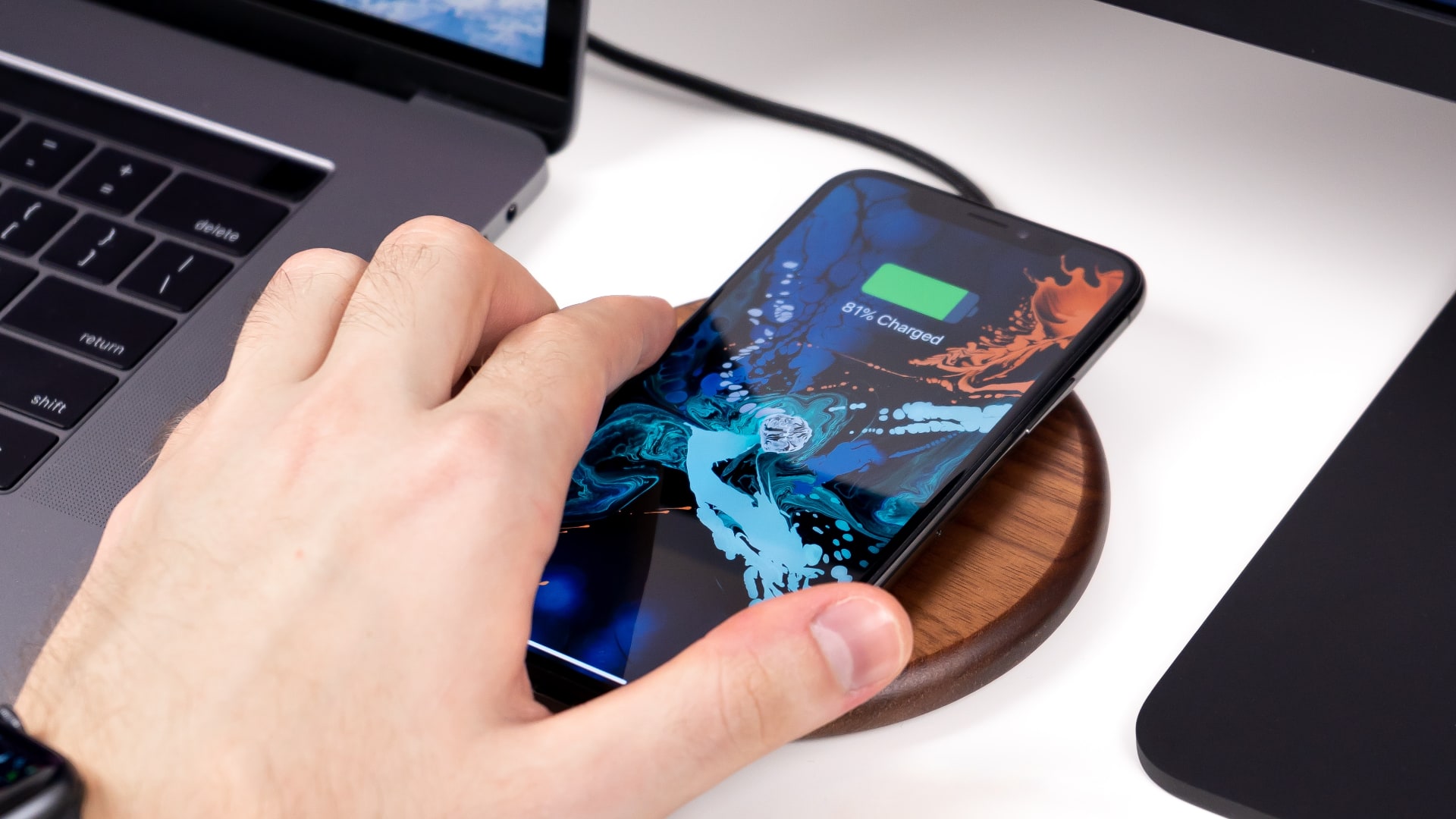With iOS 17.2, Apple is bringing support for the faster Qi2 wireless charging standard up to 15W to older iPhone models, like the iPhone 13 and iPhone 14 series.

The first Qi2-compatible chargers are expected to hit the market ahead of the 2023 holiday season from companies like Mophie, Satechi, Anker, Belking and more. Apple is among the backers of the Qi2 protocol, unveiled in January 2023, and has even contributed MagSafe to the new wireless charging standard.
Third-party manufacturers can now implement MagSafe-like alignment in Qi2-compatible wireless chargers, while Apple users will be able to charge their iPhones twice as fast as before with a Qi2 charger.
So, instead of upgrading to an iPhone 15 for Qi2 charging, iOS 17.2 lets your rusty old iPhone 13 or 14 take advantage of 15W wireless charging with Qi2 accessories.
iOS 17.2 brings Qi2 support to the iPhone 14 and iPhone 13
Wireless charging is supported from the iPhone 8 onward. For safety reasons, iOS has limited Qi-compatible chargers to 7.5W on iPhones. Only MagSafe chargers are permitted to charge your iPhone wirelessly up to 15W.
But as we said, iOS 17.2 will change that by expanding support for the 15W wireless charging with Qi2 accessories to the iPhone 14 and iPhone 13 models. Visit the Wireless Power Consortium website for a list of Qi-certified chargers.
As part of the EU mandate, all iPhone models sold within the European Union (or in a country that’s part of the European Free Trade Association) will display a warning the first time you use a wireless charger. The purpose of the prompt is informing the user that wireless charging might use more power than wired charging.
Wireless chargers waste energy because of heat dissipation and imprecise alignment. With magnetic alignment, however, Qi2 chargers promise to boost energy efficiency by reducing energy loss when the phone or the charger is not aligned.